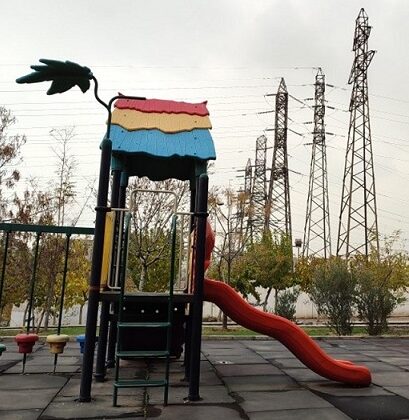Urbanization and the expansion of the city limits had led to high voltage power transmission systems being placed in the vicinity of residential areas. Depending on the intensity of the electromagnetic fields caused by these systems and according to the duration of radiation and the distance from these systems, the effect of this exposure on human health varies. A higher voltage can definitely create stronger magnetic fields, which have a negative impact on humans and even the environment. Therefore, it is necessary to investigate the severity of these damages and negative consequences in residential areas where exposure to electromagnetic fields is high so that it can help formulate the necessary policies and plans for the mitigation of damages.

According to the reports, the lack of production of specialized content by the country’s health planners, the lack of development of criteria and indicators for possible consequences of the manifestations of modernity and, as a result, the impossibility of risk assessment against other threats have caused the inattention and negligence of people and rulers in Iran about the risk of exposure to electric and magnetic fields. On the other hand, the results of assessments showed that the electromagnetic field values in urban closed spaces were lower (due to the presence of walls and buildings that act as shields) and in open spaces were higher than the recommendations of international standards (ICNIRP and IEEE). Therefore, the management of damages caused by high-voltage power transmission lines requires the adoption of various approaches and procedures, which include policy-making, social capacity building, and technical solutions.
Considering that there is no law related to the negative impact of electromagnetic fields on health in Iran, we recommend a bill entitled “reduction of damages caused by electromagnetic fields” to be submitted to the Islamic Council of Iran and be implemented in the upstream laws.
The published article of this research can be accessed and read in the Scientific Quarterly of Disaster Prevention and Management Knowledge through the file below.


